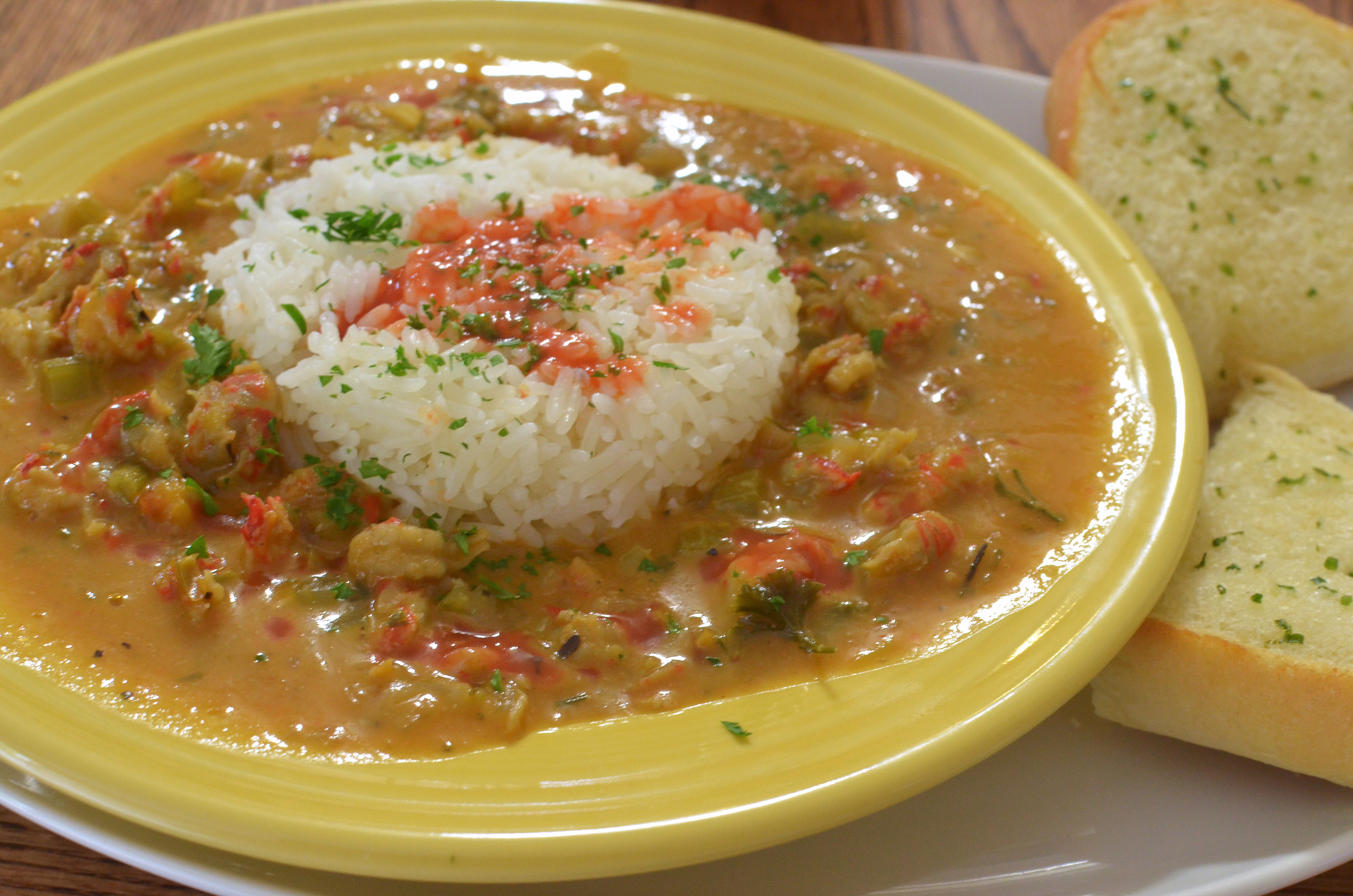Louisiana
has a rich and diverse culinary tradition, drawing upon influences from West Africa,
the Caribbean, France, Germany, Italy, and a host of other places. Over the
centuries, these cultures have fused to create a food landscape that can seem
confusing to outsiders. Just what is in gumbo? What’s the difference between
Cajun and Creole? What exactly is a praline? In an effort to help make things a
little easier to understand, we’ve created a quick and easy reference guide to
some Louisiana’s most popular dishes, foods, and cuisines. This week will cover
everything from andouille to Creole and then next time we’ll tackle doberge
cake to red beans and rice.
Andouille— Andouille is a sausage
made from pork, garlic, pepper, onions, wine, and other seasonings that was
imported to Louisiana by the Acadians (French settlers deported from Canada as
a result of the Seven Years War in the 18th century). Andouille is a
staple of Creole cuisine and is known for being spicy. The town of LaPlace has
two famous andouille makers—Jacob’s and Bailey’s and both are famous for their
sausage.
Bananas Foster— Created by Paul Blange
at Brennan’s Restaurant in New Orleans, this dessert is made from bananas and
vanilla cream. It is covered in a sauce made from butter, brown sugar,
cinnamon, dark rum, and banana liqueur. The dish is a popular table side presentation
at Louisiana restaurants since the butter, sugar, and bananas are cooked down
and then the alcohol is added to the pan and ignited. The dish reflects
Louisiana’s history as a major importer of bananas from Central America in the
early 20th century.
| BBQ Shrimp in all their glory. |
BBQ Shrimp— The name BBQ Shrimp
is somewhat misleading since the shrimp are actually sautéed (cooked in a pan
rather than over open flame) in a sauce consisting of butter and Worcestershire
sauce. While you can find BBQ Shrimp at a number of New Orleans restaurants,
Mr. B’s Bistro in the French Quarter remains the best place to try out this
local classic.
Beignets—Another French creation,
beignets are a type of fried dough that are commonly served for breakfast while
covered in powdered sugar. Although in New Orleans, breakfast foods can be eaten
at any time of the day. When cooked correctly, beignets will puff up in frying
oil leaving a delicious exterior and a soft fluffy interior. Café Du Monde in
the French Quarter is still your best bet for mouthwatering doughnuts.
Boudin—The other type of famous
sausage from Louisiana, Boudin is a white sausage made of pork, pigs liver,
heart, and has rice stuffed into the casings. Boudin is more regionally
specific than Andouille and is more typically found in the Acadiana region of
Louisiana (Lafayette and Lake Charles amongst other areas).
| The interior of Boudin. |
Cajun—Cajun specifically refers to
the cuisine developed by the French settlers of Louisiana who were exiled from
Canada during the Seven Year’s War. You will see them referred to by various
terms including Cajun and Acadian (the region in Canada where they came from).
Cajun cuisine tends towards simple, straightforward dishes cooked over a long
period of time. The Cajuns tended to settle in areas outside of New Orleans in
the bayous and other low lying areas around the Mississippi and Louisiana’s
other rivers.
Crawfish Etouffee—Crawfish
etouffee is a dish consisting of crawfish, rice, and a roux. A roux is flour
and fat (generally butter) cooked together in order to thicken sauces. Etouffee
in French means to smother. So at its most simple, the dish is like a thick
stew consisting of crawfish and served over rice. The dish differs from gumbo
(to be discussed next time) by featuring a blond rather than dark roux—a blond
roux is cooked for less time than a typical darker roux and takes on a
different flavor profile.
 |
| Crawfish Etouffee |
Creole—The other famous type of
Louisiana cooking, Creole cuisine blends French, Spanish, West African,
Caribbean, German, Italian, and Irish influences. As each of these immigrant
groups (voluntarily or not) arrived in Louisiana, they brought with them
favorite ingredients and spices. As these groups interacted and shared their
cooking their cuisines fused together. Famous Creole dishes include: crawfish
etouffee, jambalaya, gumbo, turtle soup, red beans, and dirty rice. Green
peppers, onions, and celery represent the so-called Holy Trinity of Creole
cooking (to be discussed more next time) are essential to making most Creole
cuisine.
So to be
clear, Cajun cooking specifically refers to the French exiles from Canada and
their culture and cuisine. Creole refers to the mixture of many more styles of
cooking and is the more common and dominant of the two. We’ll be back next week
to continue our look at the key parts of Louisiana’s culinary landscape.

No comments:
Post a Comment